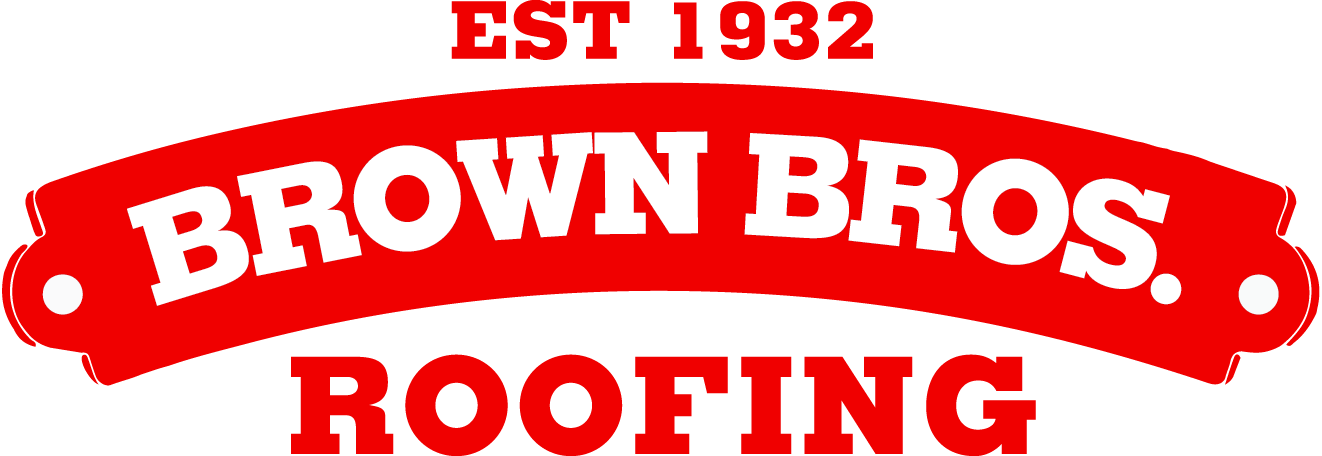BBR Bulletin – July Newsletter
 Brown Bros Roofing hopes everyone is enjoying the New England summer weather. This month we would like to discuss a part of your home that gives people the first impression of your home and makes it dazzle.
Brown Bros Roofing hopes everyone is enjoying the New England summer weather. This month we would like to discuss a part of your home that gives people the first impression of your home and makes it dazzle.
Because it is also part of the “envelope” of your home, it protects your home from hot sun, strong winds, and all sorts of precipitation. What is it? It’s the siding. Brown Bros. installs many types of siding. So, we thought this month, we would discuss the types and some of the siding brands we install.
We know that choosing a siding product is challenging, and so is paying for it, as prices for material and labor have increased in recent years. To help ease the burden, we partner with Hearth, and their 18 lending companies.
In three easy steps, you can fund your project:
- We send you an email to an online application
- You complete a short online financing form and
- You select your preferred option and are funded in as few as 24 hours.
Windows
There are many types of siding including vinyl and insulated vinyl, aluminum, wood/engineered wood, fiber cement, solid/brick or stone veneer, stucco and a fairly recent addition, composite. Obviously, you have many materials and products from which to choose. Because the style of a home, its’ location and environment all affect the selection process, there is no one-siding-fits-all solution. Brown Bros attempts to offer budget-friendly solutions for all homeowners.
Types of Material
Following is a brief description of some of the most common types of siding:
Vinyl is a synthetic material popular because of low maintenance, versatility, durability (depends on quality and thickness) and lower cost. Vinyl siding comes in a variety of colors and styles including some that have a more “real” look. BBR currently offers CertainTeed, Foundry/Grayne and Norandex siding products.
Fiber Cement is a man-made material from a combination of wood fibers, sand and cement that mimics the look of natural wood without the maintenance, rot and insect issues. Can be purchased pre-painted or homeowners can paint/stain it. BBR offers Hardie siding products.
Wood/Cedar Shingles and Clapboard is a natural material available in a variety of species that may be painted or stained. May last for many years when maintained properly. BBR carpenters install shingles and clapboard upon request.
Stucco is a material made from a mix of Portland cement, limestone, sand, water and additives that increase its strength. It can be tinted any color and requires little maintenance, it is resistant to fire and insects, and even offers some insulation value. BBR expert craftsmen install stucco upon request.
Composite is a material made from inorganic minerals, polymer resins, and acrylic colorants that produces a thick, solid, and strong/durable siding. Composite products are virtually impervious to moisture, and resistant to insects, warping, bowing, fading, discoloration and fire damage. BBR offers Everlast siding products in 15 colors.

Anatomy of a Double-Hung Window
Following are some of the common terms used in vinyl siding installation projects.
J-Channel — The trim designed to accept the insertion of a piece of siding.
Locking Flange — That portion of the siding panel that slips into the lock from the previous course of panels.
Water-Resistant Barrier — material that is used under the siding, between the exterior wall surface and the back of the panel.
Nailing Strip — The area on a siding panel or piece of trim where the fastening holes are located.
Trim — The finish materials on the exterior of a building, such as moldings applied around openings (window trim, door trim), siding, windows, exterior doors, attic vents, crawl space vents, shutters, etc.
Panels — The area on a siding panel or piece of trim where the fastening holes are located.
Sheathing — Boards or panels that line the walls, floor, and roof create a surface on which other materials can be placed.
Insulation — Insulated vinyl siding has contoured rigid foam permanently adhered to the back of vinyl siding.
Spacer — A piece of furring strip that creates the air space between cladding and sheathing, which allows air to flow through from top to bottom, taking advantage of natural convection to remove moisture.

